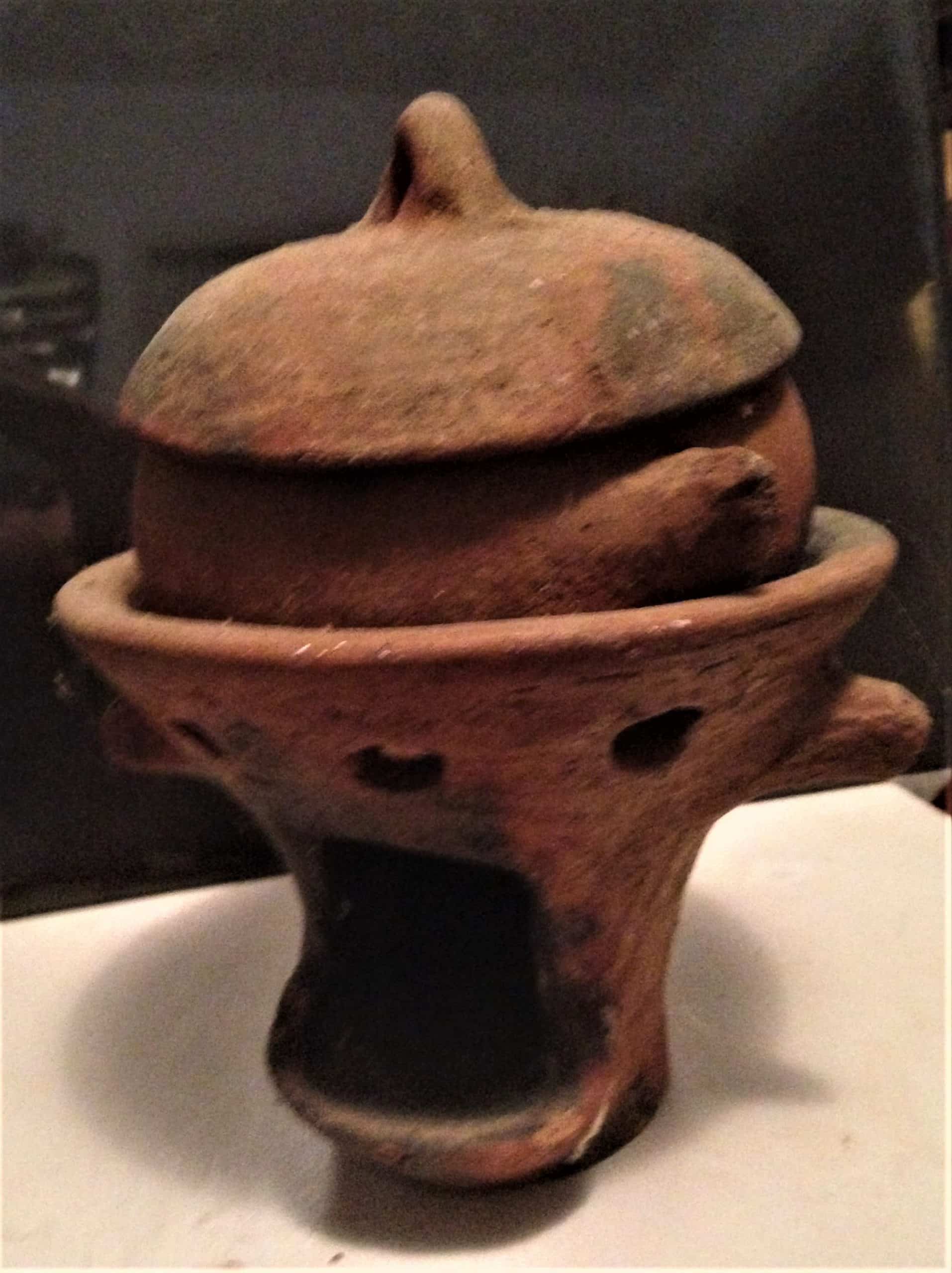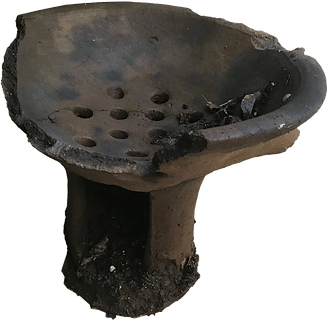Peace Corps sent me to St. Lucia, an island in the Caribbean, to teach home economics to middle school girls. I felt confident in my ability to teach three of the four subjects; sewing textiles, interior design, and child care were familiar to me.
The fourth subject, cooking, was going to be a challenge, however. I was not familiar with St. Lucian fruits, vegetable and protein sources, most of which were prepared with a coal pot, an implement I had never seen before.
Soon after I arrived in 1978, the smells of charcoal cooking were evident everywhere I went. Coal pots were a mystery to me, much more ancient than the charcoal grills I used in my back yard. My concerns about teaching culinary arts were soon relieved by my students, who taught me the intricacies of preparing meals with a coal pot.
Coal pots are used throughout the Caribbean, but our Choiseul Quarter of St. Lucia is considered the original home of this cooking style. Women shape the pots from the clay found along riverbanks. They leave holes in the lower section of the pot to light the charcoal that is placed in the top of the bowl.
Once coals are red hot a cooking pot is placed directly onto the coals. Ashes fall through the holes to cool in the lower lip. More coal is added as needed. The deep, rich flavors of the ingredients mixed with earthy, smoky overtones guarantee a delicious meal at any time of day.
I was glad I turned the tables and asked my students to become my teachers on the techniques of coal pot cookery. Their self-confidence improved and the coal pot created a special bond between us. And thanks to my students I became an accomplished cook using the coal pot method.





